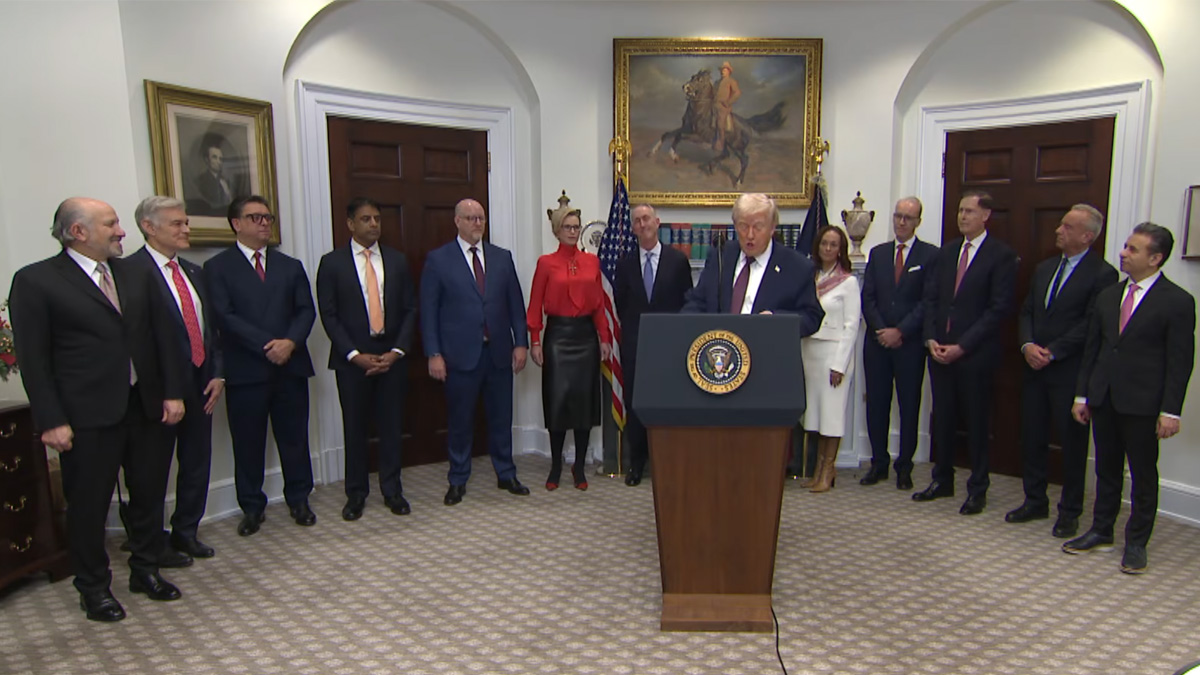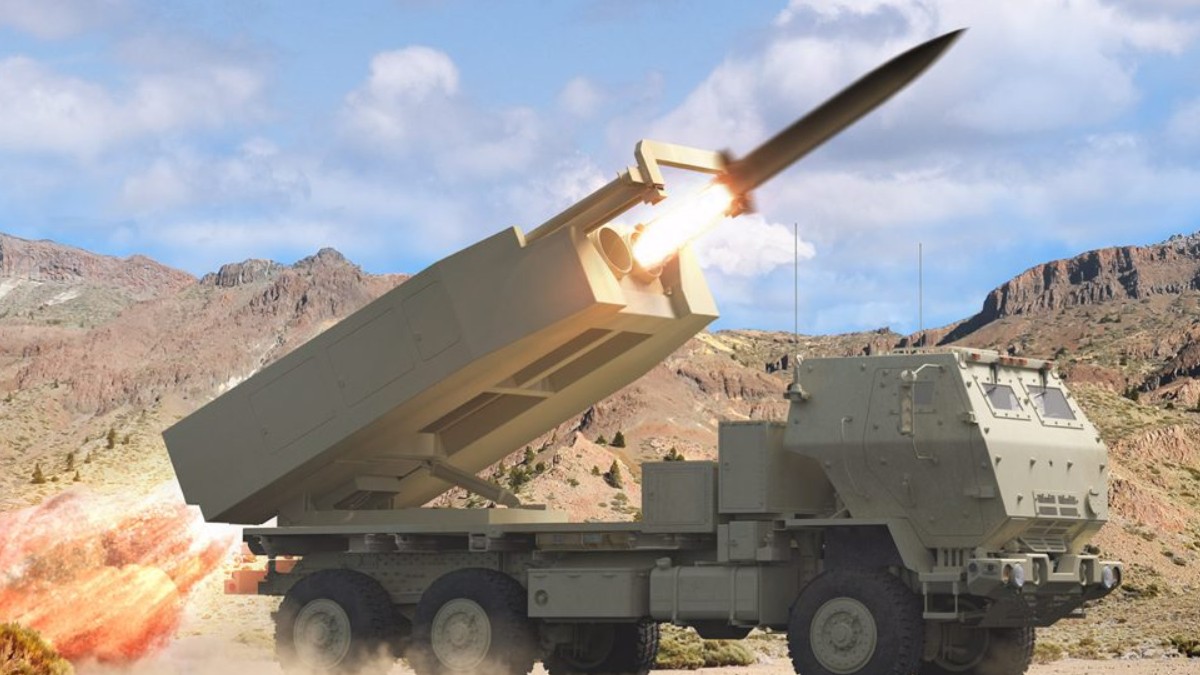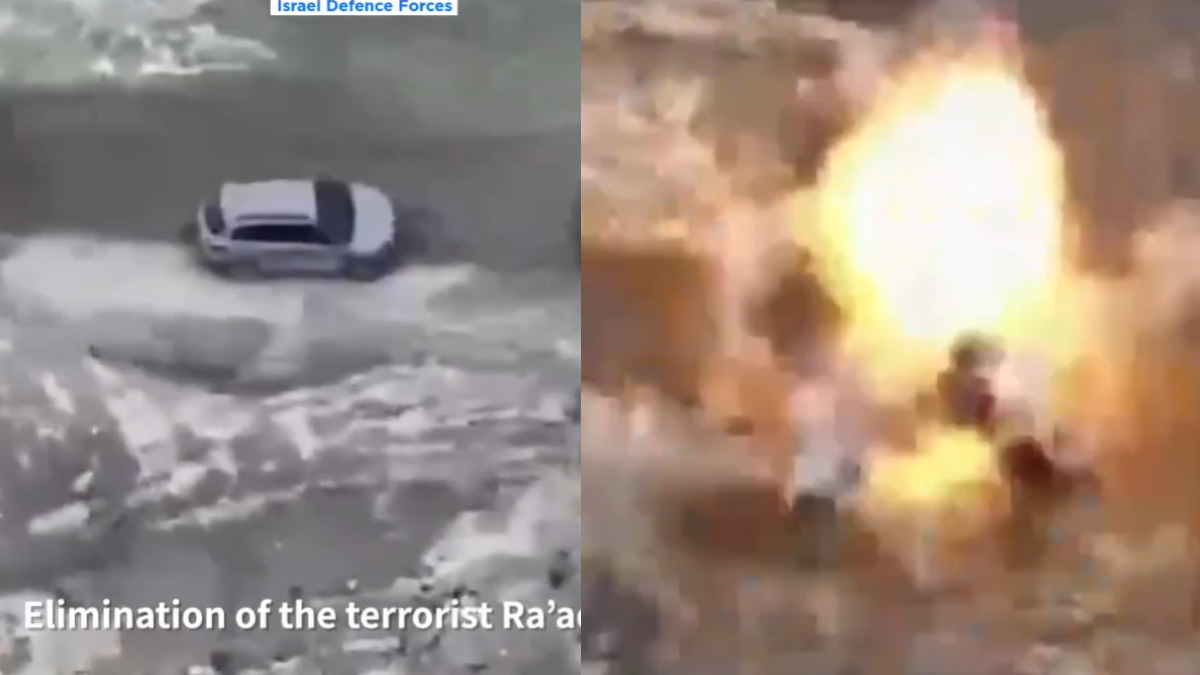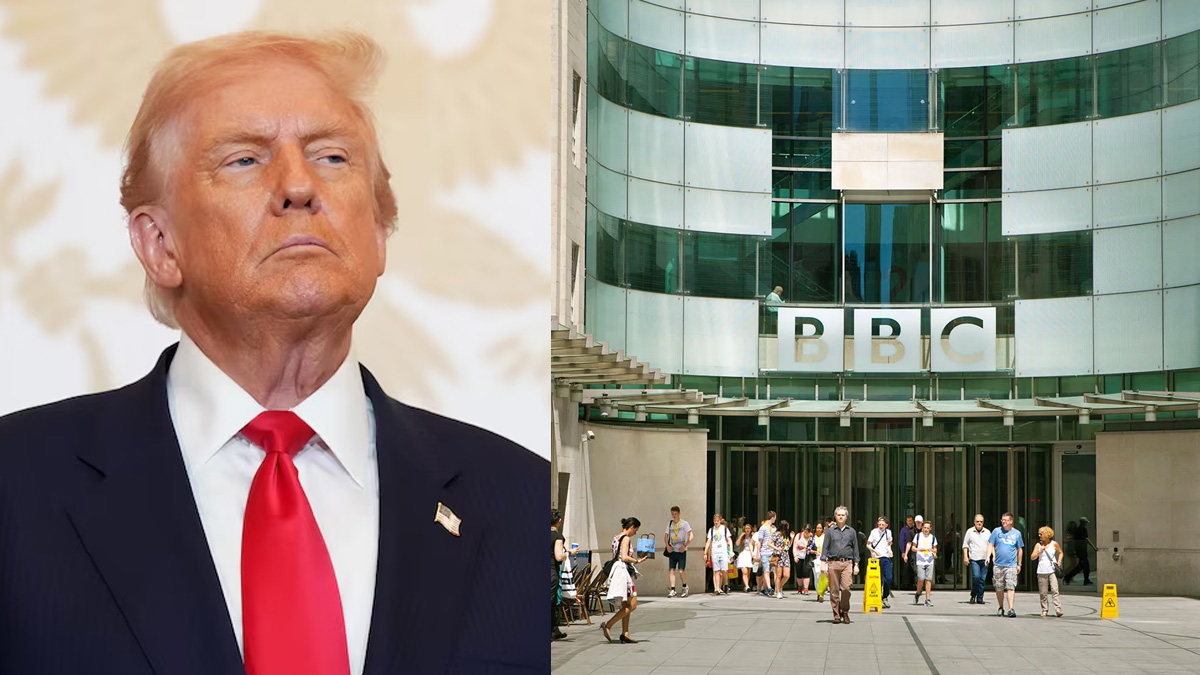US launches strikes on Iranian nuclear facilities, escalating Middle East conflict
The United States has launched precision strikes on three Iranian nuclear facilities, joining Israel’s ongoing offensive against Tehran and sparking global fears of a wider war. President Donald Trump announced the strikes on 21 June 2025, marking the first combat use of America’s 30,000-pound bunker-buster bomb.

- US bombers and submarines struck Iran’s Fordow, Natanz, and Isfahan nuclear sites on 21 June 2025.
- Trump announced the first-ever combat use of the Massive Ordnance Penetrator bomb.
- Iran vowed “everlasting consequences” and condemned the strikes at the UN.
- Global powers warned of escalation, while Israel praised U.S. involvement.
- Oil markets fear disruption through the Strait of Hormuz.
The United States has directly entered the escalating conflict between Israel and Iran, carrying out coordinated airstrikes on three major Iranian nuclear sites on 21 June 2025.
President Donald Trump, speaking from the White House, announced that U.S. bombers and submarines had struck Fordow, Natanz, and Isfahan — facilities long at the centre of disputes over Iran’s nuclear ambitions.
“Iran’s key nuclear sites were completely and fully obliterated,” Trump declared, although no independent assessment of the damage has been released.
The decision marks Washington’s most aggressive action against Tehran in years and risks tipping a volatile regional conflict into a larger war.
Massive firepower deployed
The operation involved advanced U.S. weaponry, including the first-ever combat use of the Massive Ordnance Penetrator (MOP), a 30,000-pound bunker-buster bomb designed to penetrate fortified underground sites.
Two B-2 Spirit stealth bombers dropped MOPs on Fordow, which is buried deep within a mountain. Dozens of Tomahawk cruise missiles, launched from submarines in the region, targeted Natanz and Isfahan.
Pentagon officials described Fordow as the primary focus due to its depth and fortification, while Natanz and Isfahan were hit to cripple enrichment and processing infrastructure.
Iran defiant
Iran confirmed that the facilities were struck but insisted there was no radioactive leakage or threat to nearby civilians. The Atomic Energy Organization of Iran said its programme would continue, rejecting claims that the strikes had permanently disabled the sites.
Foreign Minister Abbas Araghchi vowed “everlasting consequences” for Washington. Iran’s UN ambassador Amir Saeid Iravani denounced the strikes as a “heinous act of aggression” and demanded Security Council action.
Iran has already launched missile barrages at Israel in recent days. Early on 22 June, air raid sirens again sounded in Jerusalem. Israeli officials suspect Tehran may be conserving missiles for a prolonged campaign.
International alarm
United Nations Secretary-General António Guterres warned of a conflict “spiralling out of control — with catastrophic consequences for civilians, the region, and the world.”
China, Russia, and Pakistan tabled a draft Security Council resolution calling for an immediate ceasefire across the Middle East. European leaders urged restraint, while Gulf states quietly raised security alerts around energy infrastructure.
The International Atomic Energy Agency confirmed it was monitoring the struck facilities and found no evidence of nuclear contamination.
Israel hails U.S. move
Israeli Prime Minister Benjamin Netanyahu praised Trump’s decision, calling it “bold” and saying it would “change history.” Israel, which began strikes on Iran nine days earlier, had urged Washington to join the fight, particularly against Fordow, which its own arsenal could not reach effectively.
Israel has now closed its airspace to civilian flights, anticipating Iranian retaliation.
Meanwhile, the Houthi movement in Yemen, aligned with Tehran, declared that it would resume attacks on U.S. naval vessels in the Red Sea.
Domestic backlash in Washington
Trump’s decision bypassed Congress, sparking outrage from Democrats and some Republicans.
House Democratic Leader Hakeem Jeffries said such military action “demands Congressional scrutiny.” Senator Bernie Sanders called it a “dangerous, unilateral escalation.”
Trump allies defended the strikes. Senator Lindsey Graham said they sent “a message to tyrants and terror sponsors around the globe.”
The president himself dismissed constitutional concerns: “My first duty is to protect the American people and our allies.”
Energy markets on edge
Strategists warn the conflict could threaten oil supplies through the Strait of Hormuz, the narrow waterway carrying 20 percent of global oil shipments.
Reports already suggest Iran has begun jamming shipping navigation systems. Analysts fear that sea mines could choke off all traffic, potentially sending oil prices above US$120 per barrel.
A deal undone
The crisis traces back in part to the 2015 nuclear deal negotiated under President Joe Biden when he was vice president. That pact limited Iran’s enrichment programme in exchange for sanctions relief.
Trump withdrew the U.S. from the deal in 2018, arguing it failed to curb Iran’s regional activities. Western intelligence agencies have maintained that Iran was in compliance prior to the withdrawal.
Heavy toll
Human Rights Activists, a Washington-based monitoring group, estimates that at least 865 people have been killed since Israel’s offensive began, including 363 civilians and 215 Iranian security personnel. Thousands more have been injured.
With Washington now directly engaged, observers fear the death toll will rise sharply.
Global stakes
Diplomats are racing to convene emergency meetings in New York and Geneva, but with Tehran vowing retaliation and Washington celebrating what it calls a success, prospects for de-escalation appear slim.
As one analyst put it, the world is now facing “the most dangerous Middle East crisis since the 2003 invasion of Iraq.”








0 Comments